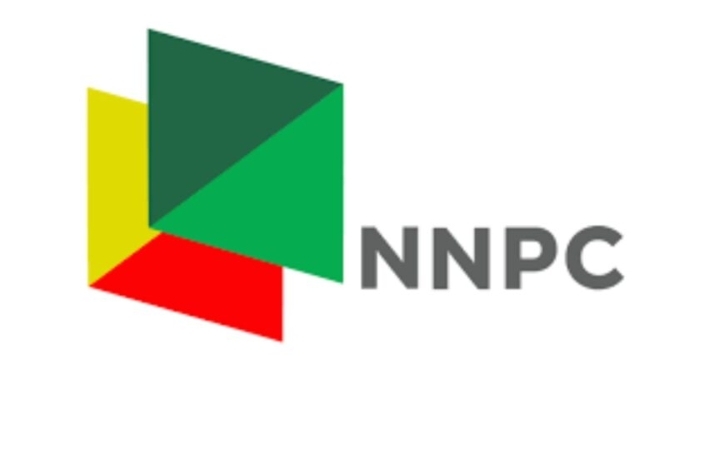Introducing the Enneagram to Children: A Tool For Understanding Personality and Behavior
In recent years, the Enneagram has become a popular tool for understanding personality types, how they interact, and how they can be used to understand ourselves and our relationships better. But did you know it can also be an excellent tool for helping children understand themselves and their behavior? It offers a unique perspective on the complexities of each individual, allowing children to gain a greater appreciation and understanding of who they are and how they interact with the world. In this article, we’ll explore the basics of the Enneagram and discuss how it can be used to help children better understand themselves and their relationships.
What is the Enneagram?
The Enneagram is a personality system that divides personalities into nine distinct types. It is used as a tool for understanding both our own and other people’s personalities and behaviors. It can be especially helpful for children, giving them a framework to better understand their emotions and behaviors. With the Enneagram, children can start to recognize patterns in how they think and act and make decisions based on this knowledge.
By explaining the Enneagram to children, parents can help them identify their unique strengths and weaknesses and those of their peers. This can lead to more self-awareness and improved relationships with others. Understanding the Enneagram can also give children an insight into how their personality type may interact with different people and situations. In this way, introducing the Enneagram to children can be a powerful tool for developing empathy, understanding, and self-confidence.
How Can The Enneagram Help Children Understand Themselves And Others?
The Enneagram can be a powerful tool for children to understand themselves and others better. By familiarizing children with the nine different personality types, they can gain insight into their motivations and behaviors of themselves and those around them. It can also help them identify their strengths and weaknesses and recognize areas where they may need to grow.
For example, an Enneagram type Eight child may understand that they have a natural tendency towards leadership, assertiveness, and decisiveness. This knowledge can help them recognize when it is appropriate to use these traits and when it is necessary to temper their energy and be more mindful of the feelings of others.
Children can also use the Enneagram to learn about the personalities of those around them. Knowing their friends and family members’ strengths and weaknesses can help them navigate relationships more meaningfully. Through a better understanding of another’s personality type, children can develop greater empathy and respect for those they interact with on a daily basis.
Finally, teaching children the Enneagram can help them become more self-aware. They can learn how to manage stressors, process their emotions, and stay grounded in challenging situations. As they grow older, this self-awareness can help them make healthier decisions and develop healthier relationships.
By introducing the Enneagram to children, parents can give them a valuable tool for understanding themselves and those around them. It can help them become more mindful of their actions and create more meaningful connections with those they care about.
How Can Parents Use The Enneagram With Their Children?
Using the Enneagram with children can be a great way to help them understand themselves and others better. With the help of the Enneagram, parents can help their children explore different aspects of their personalities and behaviors and learn how to respond to various situations more effectively.
When introducing the Enneagram to children, it is important to keep it simple and start with the basics. Explain the nine personality types, how each type thinks and acts, and what each type needs. Give examples that are relevant to their age and daily life. For example, you could say, “Type 4s tend to be sensitive and like to spend time alone, so they need a lot of quiet time and space to express themselves”. Then, discuss the traits associated with each type in more detail.
Parents should also encourage their children to observe and reflect on their own thoughts, feelings, and actions.
Discussing the child’s Enneagram type can be a useful tool in this process; it can provide insight into why they think and act the way they do and help them identify any patterns or challenges they are facing.
It’s also important for parents to remind their children that the Enneagram is not a one-size-fits-all solution. Every person is unique, and no two types are exactly alike. Encourage your children to explore different aspects of their personality, and let them know it’s okay to have different opinions or preferences than others.
Finally, use the Enneagram to help your children build empathy towards others. Talk about how different personality types can have different needs and approaches to life and how understanding these differences can help us better relate to and appreciate one another.
By introducing the Enneagram to children, parents can give their kids a valuable tool for understanding themselves and others. Through open dialogue and exploration, children can gain a deeper appreciation of their individual personalities as well as the diversity of those around them.
What Are Some Things To Keep In Mind When Using The Enneagram With Children?
When using the Enneagram with children, it’s important to keep in mind that the model is meant to be a tool for self-exploration and understanding. It should not be used to label children or put them into boxes. Instead, it can be used to help them gain insight into their own behavior and preferences and understand how their reactions to the world are shaped by their personality type.
It’s also important to be mindful of how you present the Enneagram to children. Because they may not have the same level of emotional maturity as adults, it’s important to explain the model in a way that is developmentally appropriate. This means avoiding any language or concepts that may be too complex for a child to understand.
Additionally, it’s important to focus on strengths rather than weaknesses when discussing the Enneagram with children. Rather than pointing out flaws or negative aspects of their personality type, it’s best to emphasize the positive traits associated with each type. By doing this, children can learn to embrace their strengths and weaknesses and better understand who they are and how they interact with others.
Conclusion
The Enneagram is an incredibly useful tool for both adults and children when it comes to understanding their personalities and behaviors. Children can better understand themselves and those around them through the Enneagram. At the same time, parents can use the Enneagram to create a more connected and meaningful relationship with their children. With its nine distinct personalities, the Enneagram can provide children with the knowledge and skills to gain insight into their own feelings and those of others. Introducing the Enneagram to children is a great way to help them build self-awareness, empathy, and self-regulation.






